Taj Palace (타지펠리스)
4.0Km 2017-10-28
39, Usadan-ro, Yongsan-gu, Seoul
+82-2-790-5786, +82-2-777-5786
Named after the Taj Mahal, Taj Palace serves authentic Indian dishes prepared by an Indian chef. The restaurant owner hired the Indian chef in hopes of introducing real Indian food to Korean people. Some of the most popular dishes in the restaurant include tandoori (barbecue) dishes, Indian fried rice called "briyani," toasted bread, Indian beverages, and the “set meal."
Taco Chilichili (타코칠리칠리)
4.0Km 2021-10-06
218, Noksapyeong-daero, Yongsan-gu, Seoul
+82-2-797-7219
Taco Chilichili serves high-quality taco dishes that are simple, delicious, and reasonably priced. Although food at the restaurant differs somewhat from traditional Mexican cuisine, the quesadillas, and rice-filled burritos are still delicious.
Indoor dining areas are located on the first and second floors of the restaurant; there is also an outdoor dining area on the second floor. The dining area on the first floor only has a few tables and can be noisier, but it also gives diners the unique experience of seeing their food as it is prepared. For a quieter dining experience, head up to the wider seating sections on the second floor. Both floors of the restaurant feature unique interior design that makes this restaurant stand out from others.
Hanok Guesthouse Dongchonchae [Korea Quality] / 한옥 게스트하우스 동촌재 [한국관광 품질인증/Korea Quality]
4.0Km 2021-03-26
21-10, Jahamun-ro 11-gil, Jongno-gu, Seoul
Built in 1939, Dongchonchae was designated as Seoul Well Hanok by the Seoul Metropolitan City in 2016. In 2020, this hanok (traditional Korean house) received the Certificate of KOREA QUALITY from the Korea Tourism Organization in the Heritage Hanok field in recognition of its historicity and quality of services. Dongchonjae is located in the western side of Gyeongbokgung Palace, at Seochon. When one passes through its main gate, one sees the yard, with anchae (women's quarters), sarangchae (men's quarters), and byeolchae (detached quarters) surrounding the plot. Anchae has four rooms, daecheong (wood-floored main hall), a kitchen, and a restroom. One of the rooms is used for tea ceremonies as well. Outside of the sarangchae and byeolchae, which are the living spaces for the owners, visitors have free access to the numaru (raised open floor) and the yard. The anchae’s rooms “Bom” and “Yeoreum” can accommodate 2 to 3 adults each, while the rooms “Gaeul” (Tea Room) and “Gyeoul” are optimal for two. The building is rented out as a whole, so no more than one group may stay in the building at any given time. Standard occupancy is four persons, and eight is the maximum number. There are two restrooms, one within the anchae building, one out in the backyard.
Cooking is not allowed in the kitchen, but guests are free to bring in outside food. Experience programs on offer include nighttime exploration of Seoul City Wall, tea ceremony, folk songs, and rice cake making. Additional payment is only required for rice cake making. Guests may choose between two types of complimentary breakfast: Korean, which comes with rice, soup, and three side dishes; and Western, which comes with bread, salad, and coffee. There are a 100-in screen and mini projector for film watching in the yard or daecheong. Towels, toiletries, hair dryer, bottled water, traditional tea, and capsule coffee are included. The kitchen is equipped with kitchen utensils, a microwave, and a coffee pot, enough for instant foods. Guests also have access to refrigerator and washing machine
Hocheondang Ttukseom Station(호천당 뚝섬역)
4.0Km 2020-10-30
#103, 1F, 19, Sangwon-gil, Seongdong-gu, Seoul
+82-2-497-8880
This is a Japanese cuisine located in Seongsu-dong, Seoul. The representative menu is buckwheat soba noodles. A restaurant specializing in pork cutlet and soba noodles.
Jonny Dumpling (쟈니덤플링)
4.0Km 2021-03-29
5, Bogwang-ro 59-gil, Yongsan-gu, Seoul
+82-2-790-8830
It is a restaurant famous for its half-moon-shaped grilled dumplings. The best menu at this restaurant is pan-fried dumpling. This Korean dishes restaurant is located in Yongsan-gu, Seoul.
Marché de Tongin (통인시장)
4.0Km 2022-12-13
18, Jahamun-ro 15-gil, Jongno-gu, Seoul
+82-2-722-0911
Le marché de Tongin a été crée en juin 1941 sous l’occupation japonaise. Après la guerre du 25 juin, le région de Seochong a connu une hausse de la consommation causée par la soudaine croissance démographique. Des boutiques et des magasins se sont créés sous forme de marché public.
Le marché public Tongin se compose de 75 restaurants dont principalement des restaurants et des magasins de banchans (petits plats d'accompagnements) qui livrent des produits frais : poissons, fruits et légumes. D’autres commerces de vêtements, chaussures et retouches sont présents sur le marché.
Bijindo Haemulttukbaegi (비진도해물뚝배기)
4.0Km 2021-03-30
53, Seosomun-ro, Seodaemun-gu, Seoul
+82-2-312-2867
It is a place that many tourists, as well as office workers, visit. This seafood restaurant is located in Seodaemun-gu, Seoul. The representative menu is seafood hot pot.
Usmania (우스마니아)
4.0Km 2017-10-10
34, Usadan-ro, Yongsan-gu, Seoul
+82-2-798-7155
Usmania is a Pakistani restaurant located in Itaewon. The restaurant imports all its ingredients from Pakistan (except for its meats and vegetables) in order to make the dishes as authentic as possible. Dishes are cooked in a tandoor, a clay oven used in just about every household in Pakistan.
BUA (부아)
4.1Km 2021-03-19
9, Bogwang-ro 59-gil, Yongsan-gu, Seoul
+82-2-792-3340
A restaurant frequently featured in programs on Korean delicious dishes. Bua, meaning a lotus in Thai, features authentic Thai cuisine. The best menu at this restaurant is som tam. This is a Asian restaurant located in Itaewon, Seoul.
Poterie Eden (에덴도자기)
4.1Km 2022-09-19
168-17, Itaewon-dong, Yongsan-gu, Seoul-si
+82-2-793-0828
Eden Pottery est spécialisée dans la poterie coréenne, du céladon à la porcelaine blanche. La boutique expose de superbes poteries dans une atmosphère de galerie. Vous pouvez en apprendre plus sur la riche histoire de la poterie coréenne et ses différents types. Les produits sont réalisés par des artisants expérimentés.
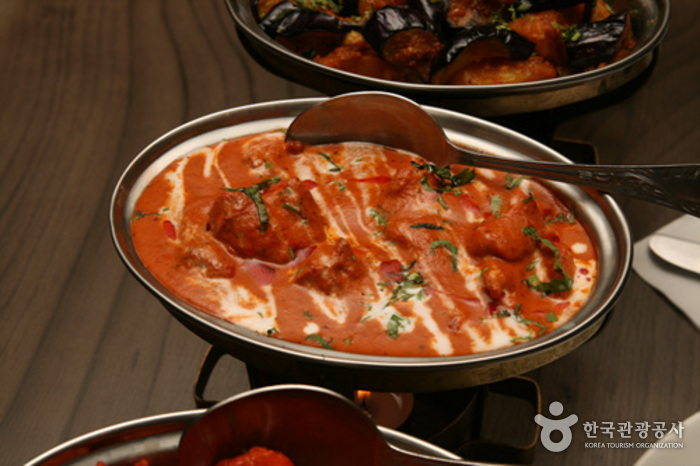
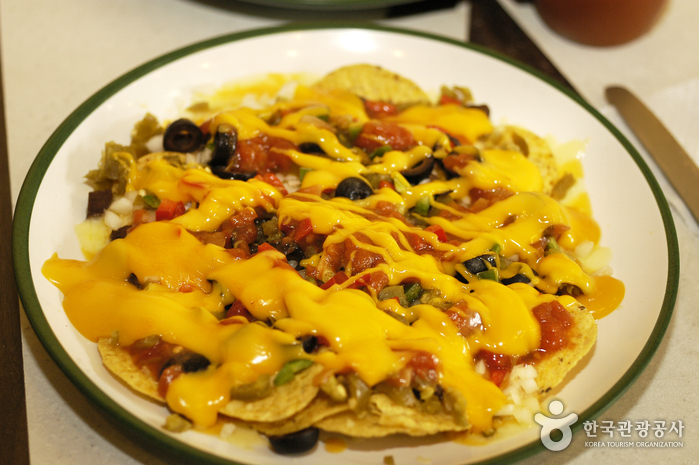
![Hanok Guesthouse Dongchonchae [Korea Quality] / 한옥 게스트하우스 동촌재 [한국관광 품질인증/Korea Quality]](http://tong.visitkorea.or.kr/cms/resource/96/2705896_image2_1.jpg)
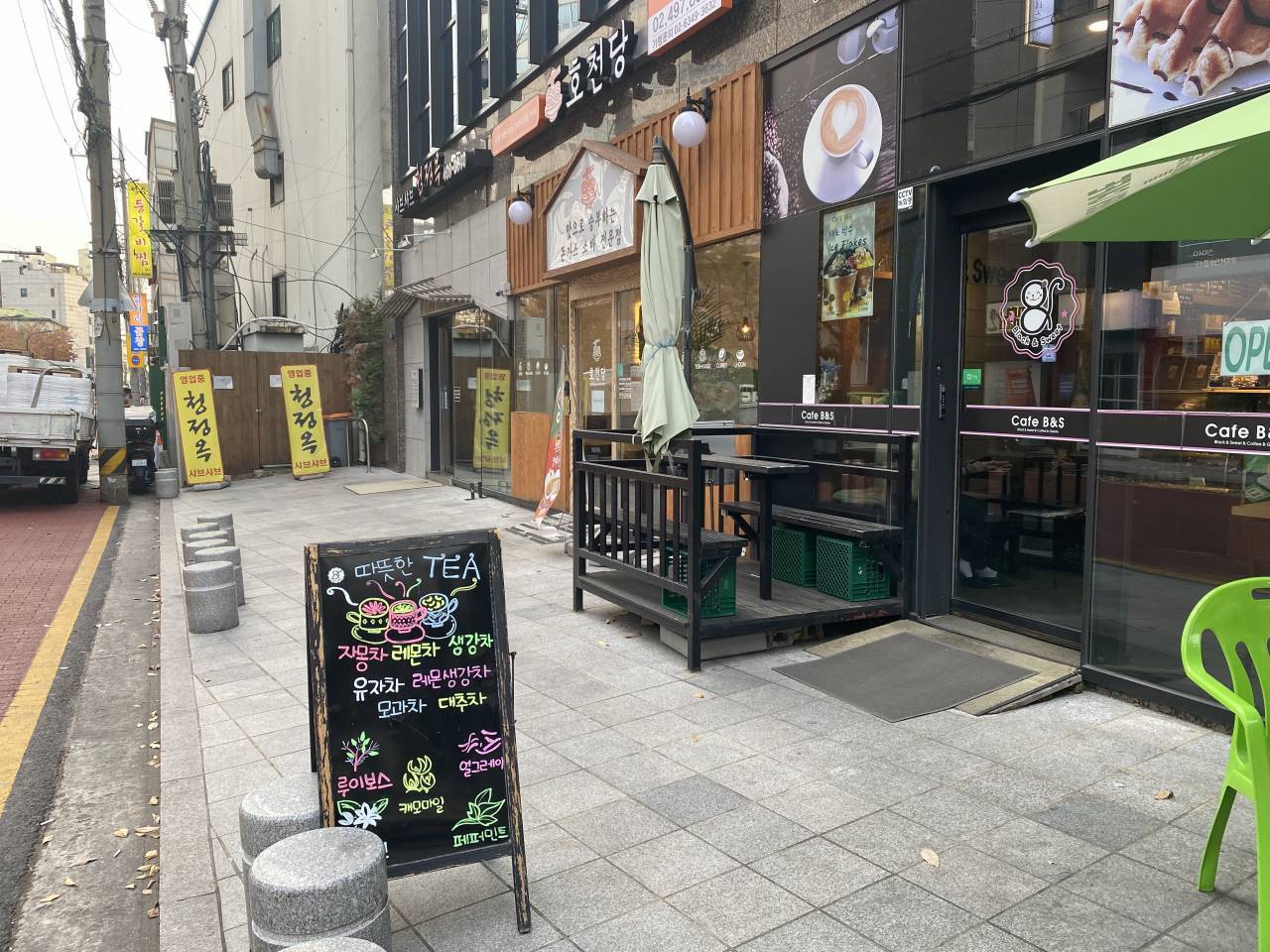
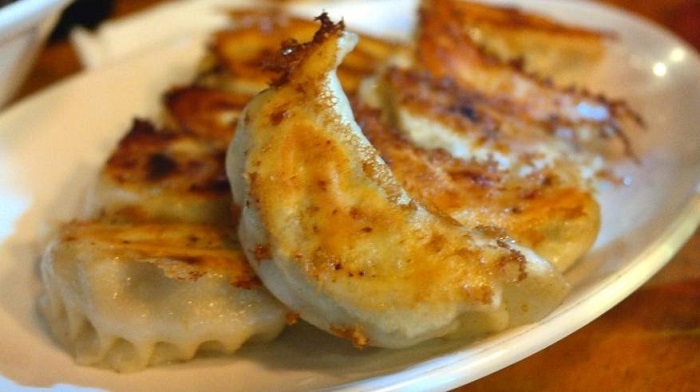

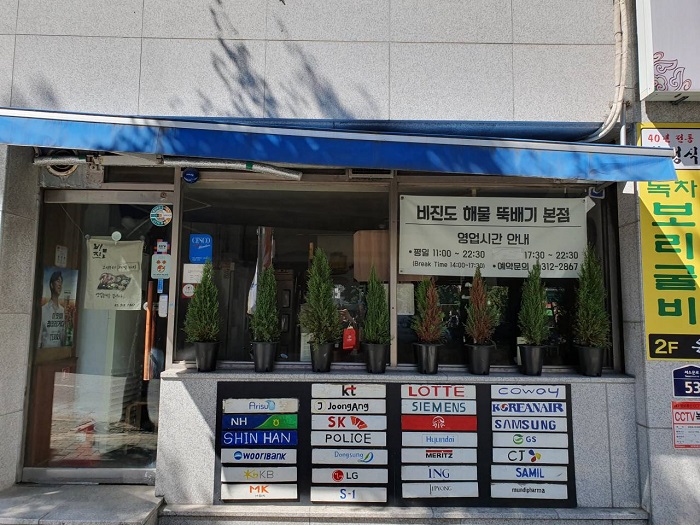
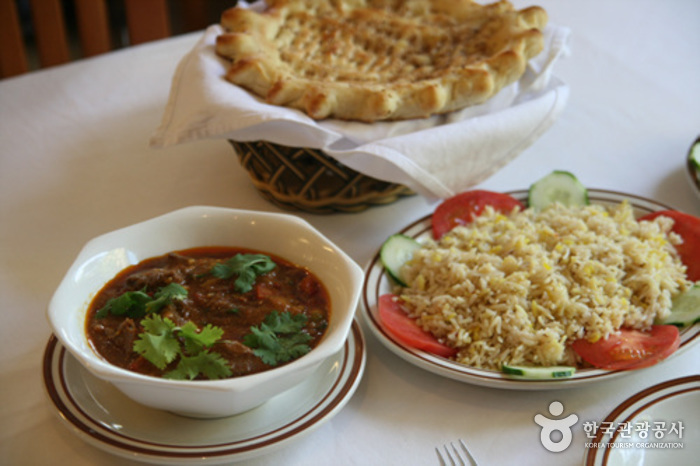
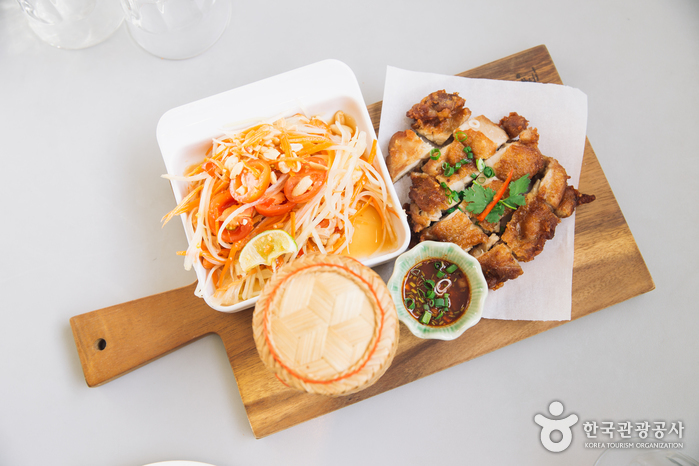
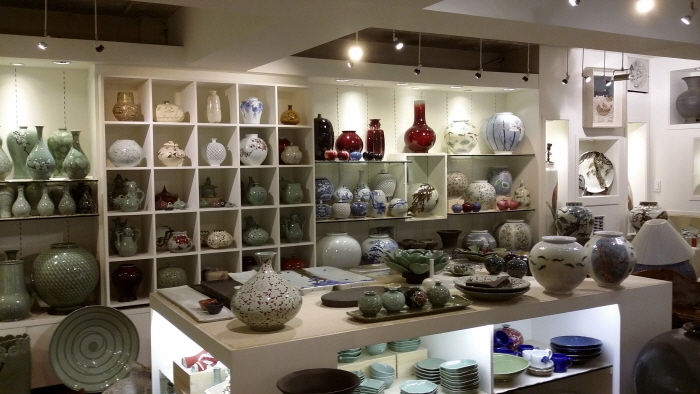
 Français
Français
 한국어
한국어 English
English 日本語
日本語 中文(简体)
中文(简体) Deutsch
Deutsch Español
Español Русский
Русский